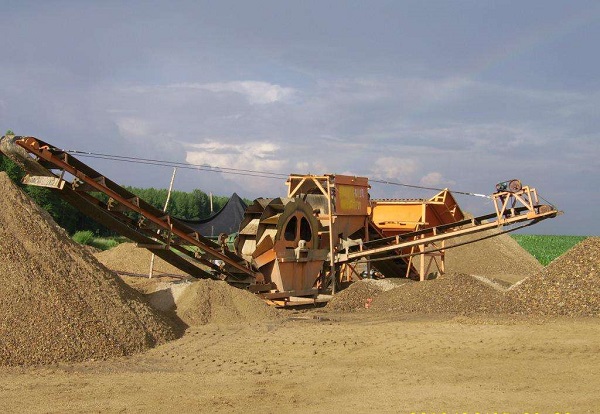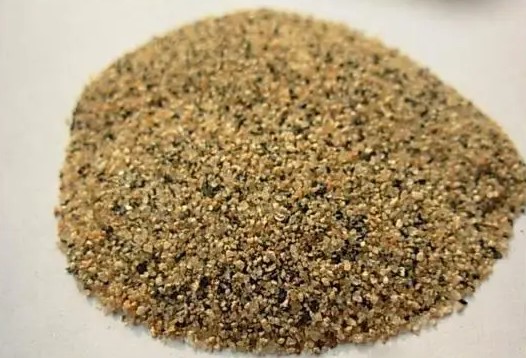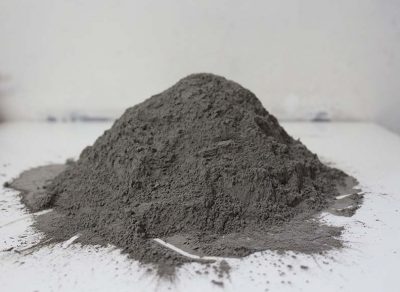Mud content and fineness requirements of ready-mixed concrete sand
 January.26,2021
January.26,2021
Ready-mixed concrete needs to use medium sand. In addition to the standard requirements for sand gradation, mud content and mud content, it is also important to note that the sand passing through the 0.315mm sieve is not less than 15%. This has a great influence on the pumpability of concrete. If this value is too low, it will easily block the pump, and make the concrete have poor water retention and bleeding.
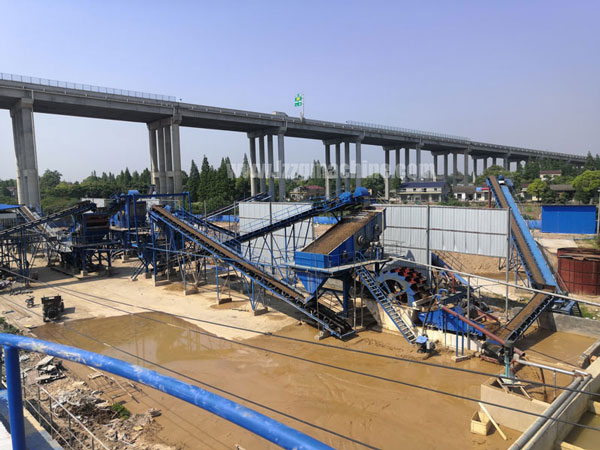
Common questions of concrete and sand
What is the impact of fine sand?
If the sand is too fine, the water demand of the concrete will increase. Moreover, the pumpability and plasticity retention of the concrete prepared with fine sand are extremely poor, the concrete strength will decrease, and it is easy to crack.
What is the impact of large mud content in sand?
The sand has a large mud content, the concrete requires a large amount of water, the plasticity is poor, the shrinkage increases, the concrete strength decreases, and the structure is easy to crack. Therefore, it is necessary to control the mud content of sand ≤ 3% (C30~C50), and the mud content of high-strength concrete requires higher.
How will mud in the sand affect concrete?
In addition to the same impact caused by mud in sand and gravel, it can also seriously affect the strength of concrete. For example, mud blocks will weaken the concrete cross-section. When the ground is poured, the mud blocks will float up, and will form pits and other defects on the surface after shrinking.
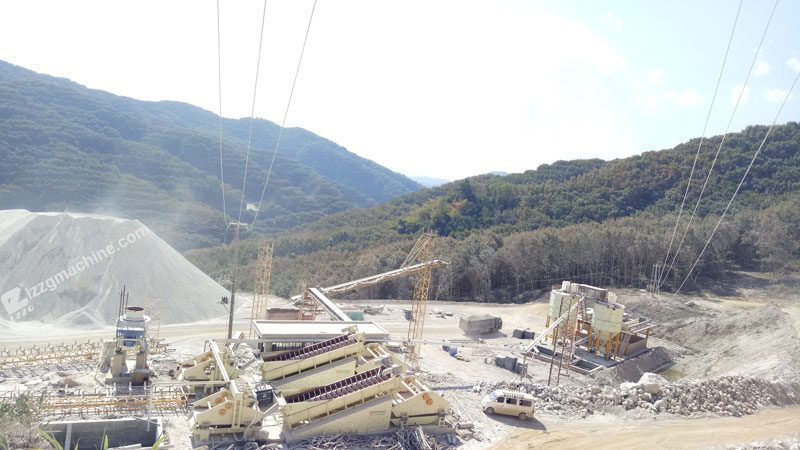
The finished product of machine-made sand is more regular and can be processed into different sizes of sand, which can better meet the needs of construction sand. The artificial sand is of uniform and stable material, and the sand is clean, free of mud and other harmful impurities, has stable performance and good particle size The advantages.
The resource reserves of machine-made sand are larger than river sand and natural sand, and the price is cheaper.



